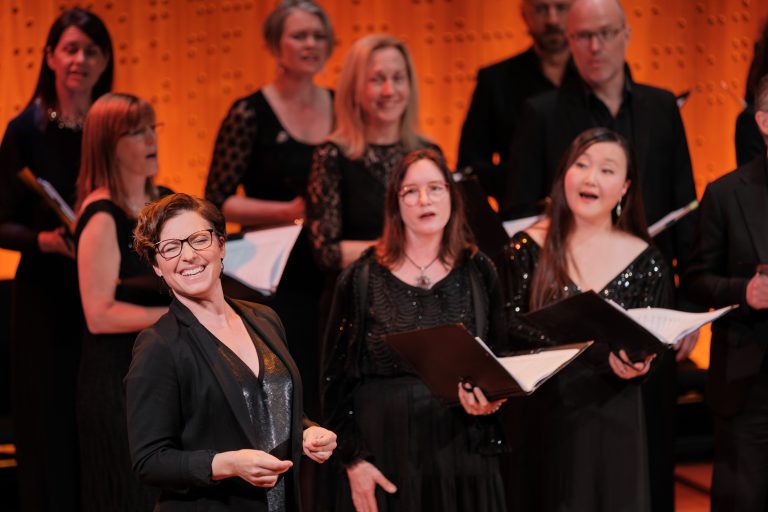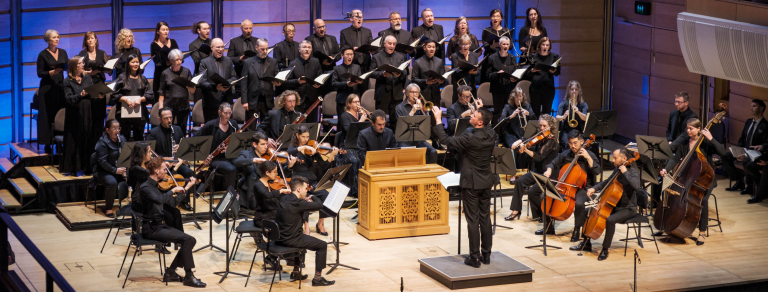-
-
-
Concert Review: Mozart’s Requiem/ Sydney Chamber Choir/ Muffat Collective
The Sydney Chamber Choir, the Muffat Collective and four vocal soloists are simply magnificent in their concert entitled Mozart’s Requiem.



The Sydney Chamber Choir, the Muffat Collective and four vocal soloists are simply magnificent in their concert entitled Mozart’s Requiem.